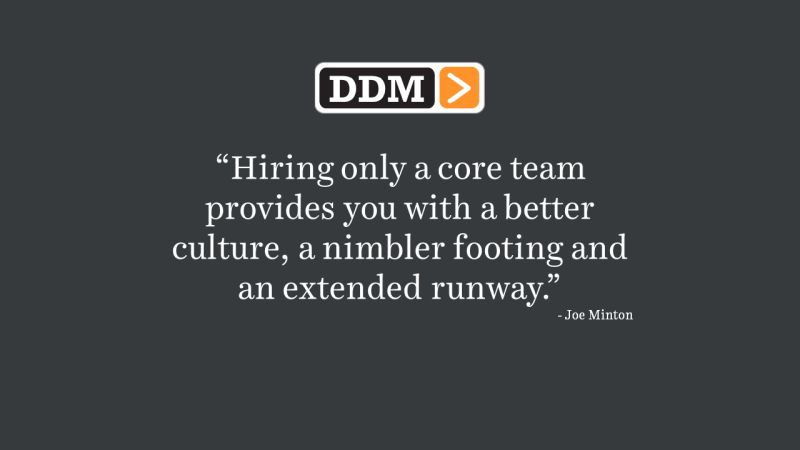Joe’s Take

Have you seen the multi-team staffing diagram where the timing between projects is lined up just right? It is the one where teams ramp up and down between pre-production, production and post-production to keep everyone assigned. When I ran my own studio, I planned out scenarios just like this. In thirty years, I’m uncertain whether I’ve ever seen one play out that way.
A project often takes 3+ months longer to sign than your worst case – if it gets signed at all. Even with an internal dev team, management may change strategy or be unable to initiate a project for a myriad of reasons.
Then there is the drumbeat of project cancellations that rumbles just below the surface of our industry… there are a thousand reasons a game might not reach release. For those games that make it to launch, it is unlikely the gold date resembles what was written on the whiteboard in the original greenlight meeting. And if you cannot properly predict when a game starts, ramps or ships, then this efficient team diagram is only a goal… not a plan.
And so, we can continue to handle team staffing as has been commonly done for decades and see the cycle of ramp ups, layoffs, closures, restarts, rehires, strategy changes, more layoffs and closures endlessly repeat. When a full team is carried, the difference between the staffing goal on the diagram and the executed reality is paid in forced decisions of taking any work possible and an elevated risk of losing it all. No one knows the count of digital tombstones in the video game studio graveyard. The human damage is massive and the turmoil chases talent out of our industry. Changing jobs, moving, losing healthcare in the US… the impact is severe.
An alternative is to hire only the core team and become experts at bringing professional consultants and co-dev partners in and out as needed. Sometimes they cost more than equivalent employees in the same territory, but you will not be responsible for their burn when they are not on the project. Thanks to the pandemic we now have the tools, tech, knowledge and industry expertise to properly manage remote team members.
Who is core? Only you can answer that. Employ those who together can create magic, who have the skills and disciplines that make you stand out, and who are central to maintaining learnings from project to project. Contract everyone else.
I realize there are exceptions, but often, hiring only a core team provides you with a better culture, a nimbler footing and an extended runway to handle what this crazy industry is going to throw at you next.
Plans will go awry one day and the key to better options is to have the time to maneuver. Without a wider embrace of the core team concept, the industry devastation we witness around us right now, which is in no way new, will repeat for the next thirty years.